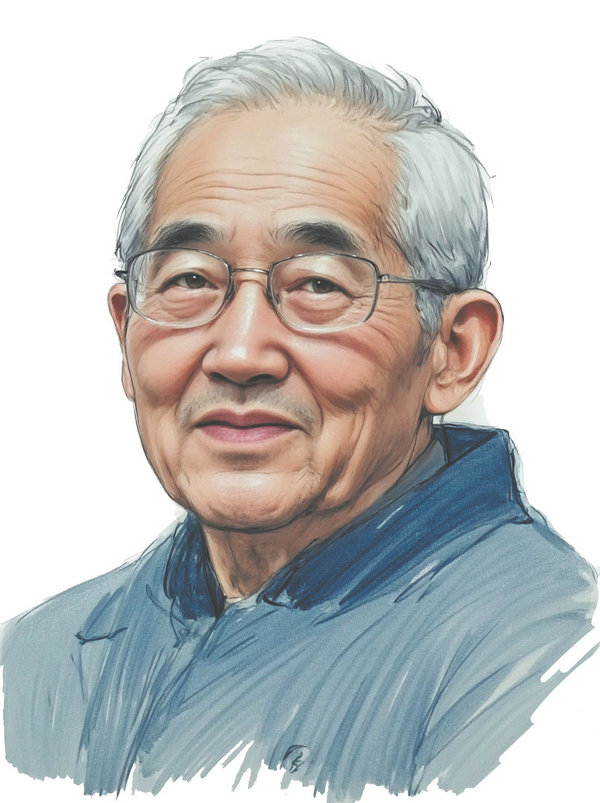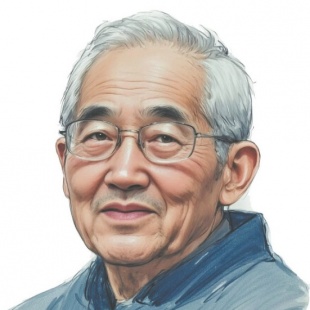Soundbites


Since its discovery, Hongshan has been regarded as a new culture, born from the convergence of northern and southern cultures due to its distinct multicultural characteristics.
Following the discovery of the Niuheliang site, the emergence of such a large-scale ritual complex in western Liaoning province has been attributed not only to the region's profound historical and cultural foundations but also to cultural exchange as a primary driving force.
While academic discussions often focus on exchanges between Hongshan and the Yangshao culture of the Central China Plains, some scholars have begun exploring Hongshan's connections beyond China.
The culture not only produced uniquely shaped jade artifacts for communicating with deities but also revered painted pottery from other places as sacred. These two elements — distinct in material, technique and design — merged within Hongshan culture, generating immense cohesion, boundless creativity and enduring vitality.
Its painted pottery features three patterns, which are roses from the Central China Plains, dragon motifs native to Hongshan and geometric patterns, like diamond grids, from the central expanse of Eurasia. These designs represent sparks from the fusion of Eurasian cultures, suggesting that about 5,000 or 6,000 years ago, a "pottery road" existed, running south to north and west to east, with the West Liaohe River basin serving as a melting pot for both West and East Asian cultures.
Thus, examining the Hongshan culture from a global historical perspective remains essential for deepening our understanding of this ancient society.






































